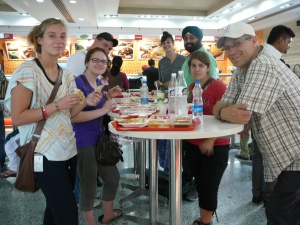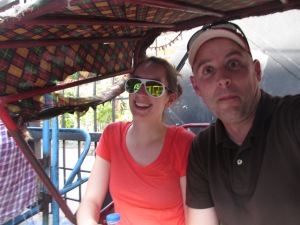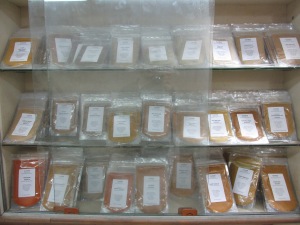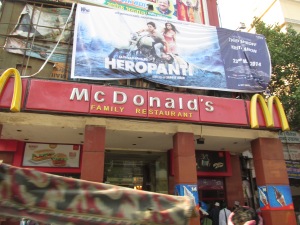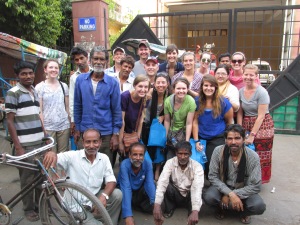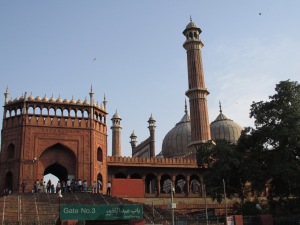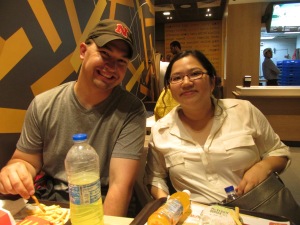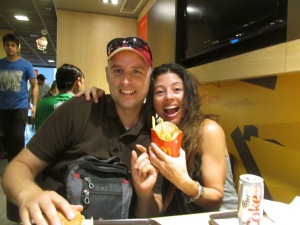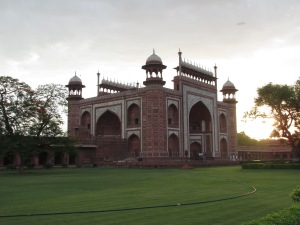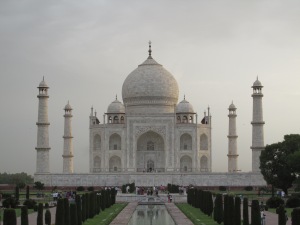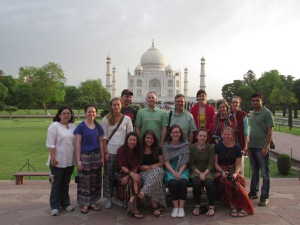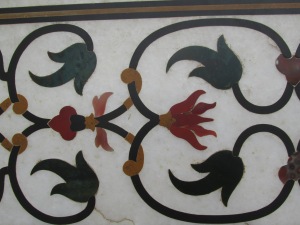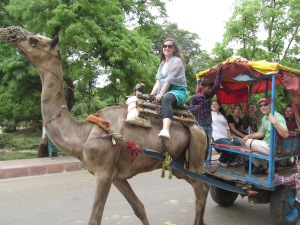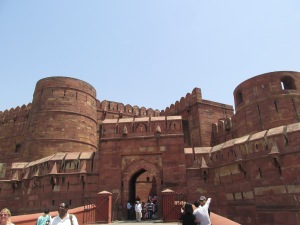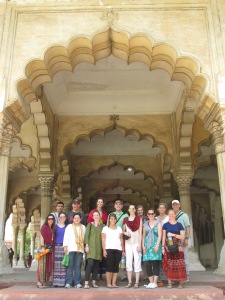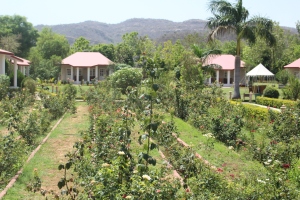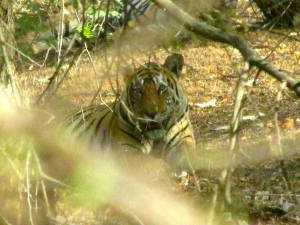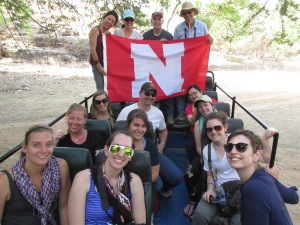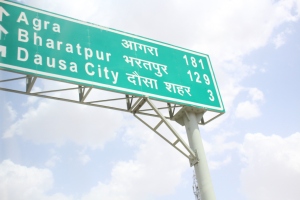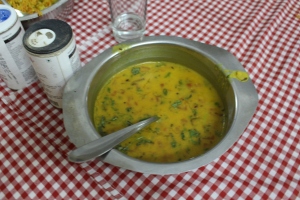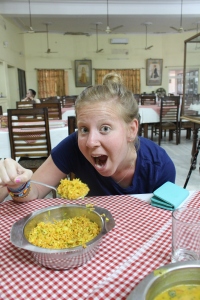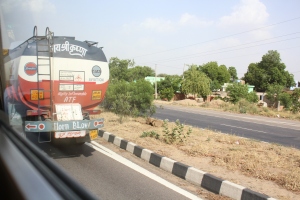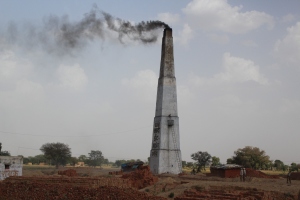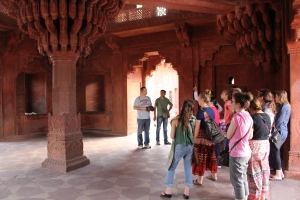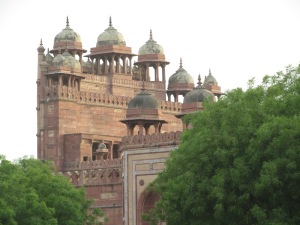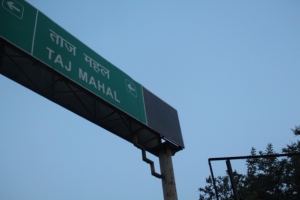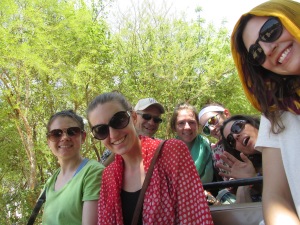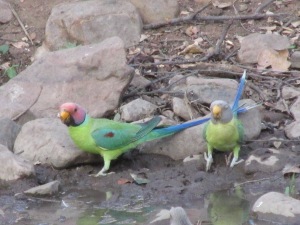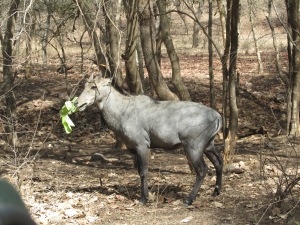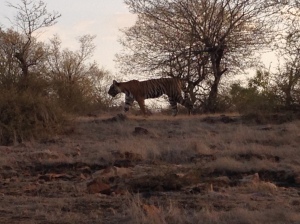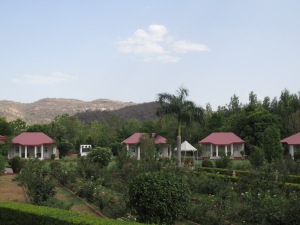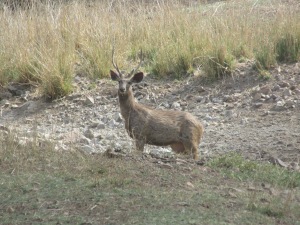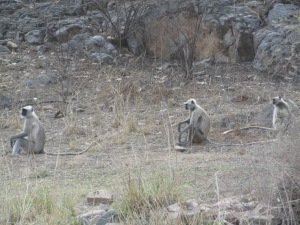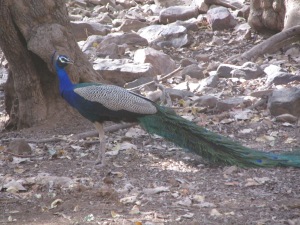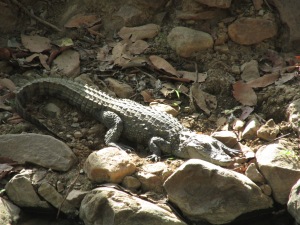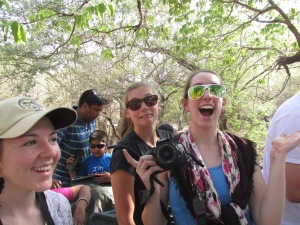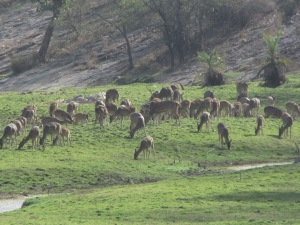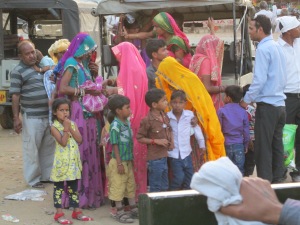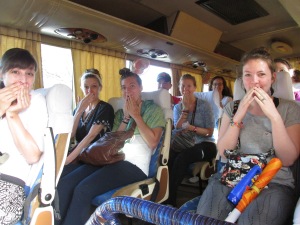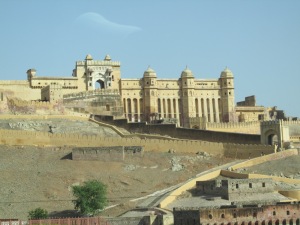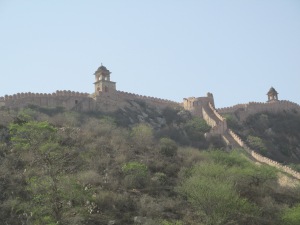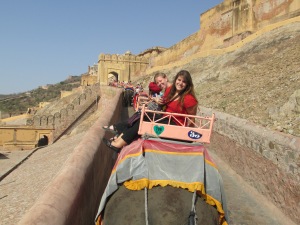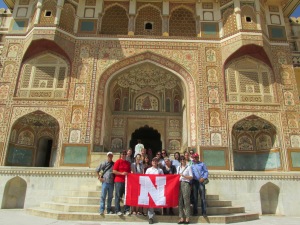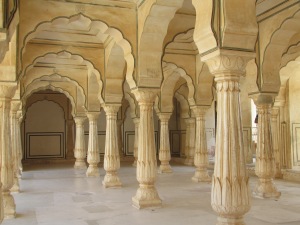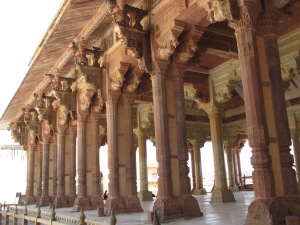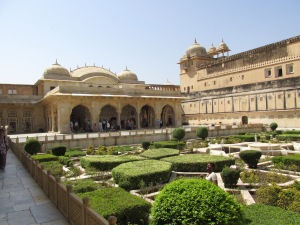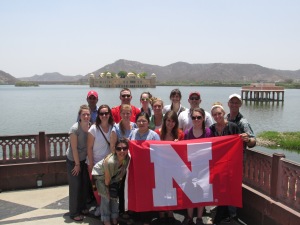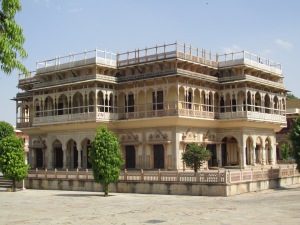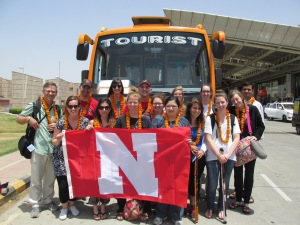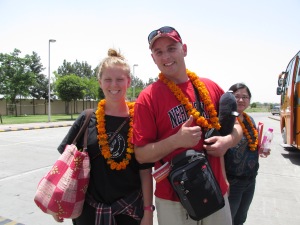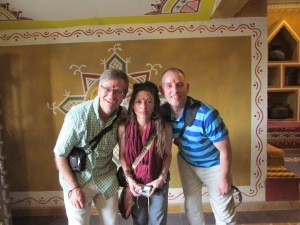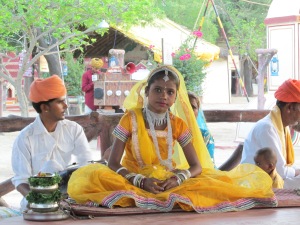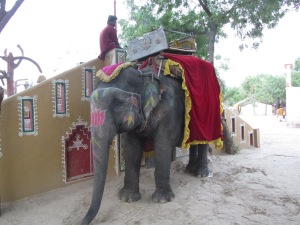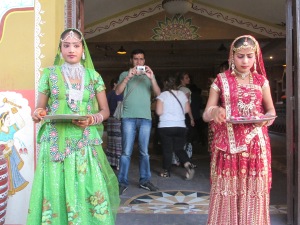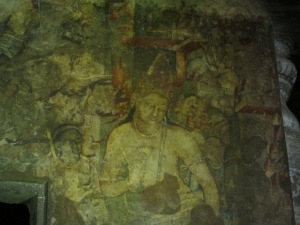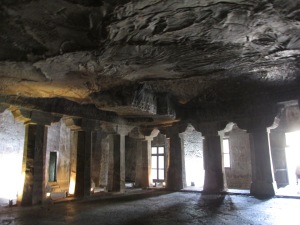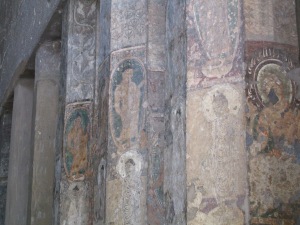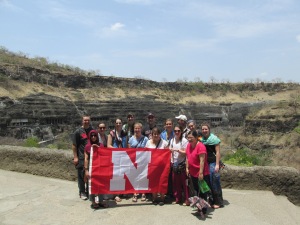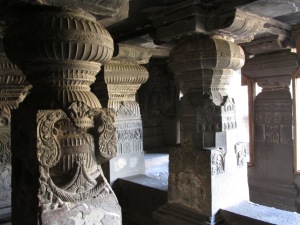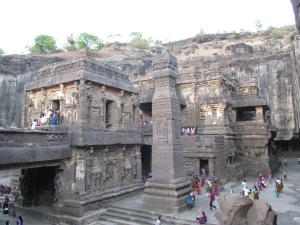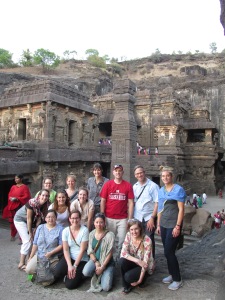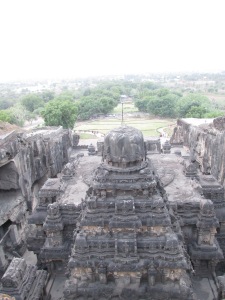Auspicious Tuesday!
Today was the day we both hoped for and dreaded at the same time. In the sobering morning after breakfast, we were forced to say farewell to our trusted companion and dear friend, Manjeet. We are sincere when we tell him he is a part of our group, and he seems equally sincere in each of the handshakes and hugs he gives out. But he wouldn’t leave us in anything less than capable hands; Manjeet’s coworker, Harmeet, joined us for all of the day’s activities. He was equally friendly, open, and trustworthy, and many shared the sentiment that we wished we could have spend more time with him as well.
Our trip came full-circle today as we met another incredibly inspirational woman, Lalita, who spearheaded an NGO (non-governmental organization) in a redlight district of Delhi. She established the S.M.S. Center on G.B. Road in 1991, which has served over 500 children of women who worked in the 100 or so brothels in the area. As she spoke to us of her philosophy and outreach, many of the things she said echoed the situation and intervention we heard about from Priti in Mumbai. She recounted her struggles over the years. Initially, it took her 6 months to secure the small room that we were sitting in from the Indian government. It took another 10 years to get the adjacent room, as more children needed her services. Space is a hot commodity in Delhi, and so are caring hearts and dedications from people like Lalita.
After spending some time learning about the specifics of the plight of trafficked sex workers and their children in Delhi, Lalita introduced us to a classroom of children. They sang songs to us (in Hindi), we sang songs with them (“Itsy Bitsy Spider” & “The Hokey Pokey”), and we all spent time making crafts together. While the structure of the morning wasn’t extremely different from our time with the children in Mumbai, many of us felt this day with more intensity and emotion. Some attributed this to all they’ve learned over the past two weeks, the stark reality of these children’s circumstances finally sinking in. Others noticed more hesitancy from the children when we first arrived, making their smiles and kisses even more powerful as we were leaving. Whatever the cause, I don’t think anyone left those three small rooms today untouched.
It was not difficult to tell, however, that the end of our trip was drawing near. Stomach bugs and tiredness, cravings for food from home and weariness from intense heat, had many of us in some small part, ready for home. While some members of the group spent extra time at the hotel to recuperate and rest before our long travel journey home, others decided to continue with the day as planned and visit the Delhi Hwat, a flea market in south Delhi specifically known for hand-made crafts and fine quality goods. With Harmeet as our guide, each one of us found perfect, last minute gifts for the people still on our lists.
We appreciated having the chance to listen to Harmeet talk about his religion, as all of us know very little about Sikh beliefs and practices. We learned that Sikhism is the world’s youngest religion. It borrowed many elements from Hinduism, such as a belief in the Creator, the Destroyer and the Preserver. They believe in a living bible through the guidance of a guru. Thus far, there are a total of 11 gurus. There was relative peace prior to the 10th guru. At that time, India began to receive constant attacks from invaders. The 10th guru organized a group of Sikhs to defend the border, and that legacy is still prevalent in India’s national army, where over 80% of the military personnel are Sikhs. Other Sikhs in India found a niche in agricultural work mainly in the region of Punjab. India, as we found out, is a country full of diversity, and people who hold different religious believes and practices were able to co-exist throughout history.
As we returned to our hotel for the last time, the streets were relatively free of traffic. We wondered if it had anything to do with the coronation ceremony of the new prime minister. We have heard a great deal (and maybe you have too) about the unprecedented nature of his victory, the large voter-turnout in India (above 70%) and the clear message of a call for change from the Indian people. As the largest true democracy in the world, the people of India have a say, a voice, in their government in a way we as Americans understand. But as Dr. Dalla pointed out in a group discussion this evening, the simple ability of making choices in our lives, choosing to live a certain way in a certain place, is something trafficked women (and the majority of people in India) rarely get to exercise. Trafficked women are so trapped, with little hope for change in their lives. They have been torn from their families, lack social resources, and are forced to participate in this industry. Often their only request is that someone rescues their children from the world they were born into. Both Priti and Lalita spoke of this reality in a way that would drive most people to despair. The way the pimps and brothels use force or violence towards these women as a way of enslaving them is heartbreaking. Instead of despair, Priti and Lalita (and other NGO’s) have worked with perseverance and patience to give these women hope (forced into the commercial sex industry), not only in their lives, but for their children living in the red light districts. I don’t think it would be possible to walk away from these stories and having witnessed these lives, without a desire to make change in the world. So it only seems fitting to ask ourselves what impact this trip, will have on our lives, both personally and professionally. We hope you will ask us that same question, and maybe ask it of yourselves as well.
Thank you, everyone, for your support while we have been away. Knowing we have readers following our journey has been a motivation to continue writing, even when it made the nights a bit longer. We are so excited to see you again when we’re home.
Teagan & Anh


